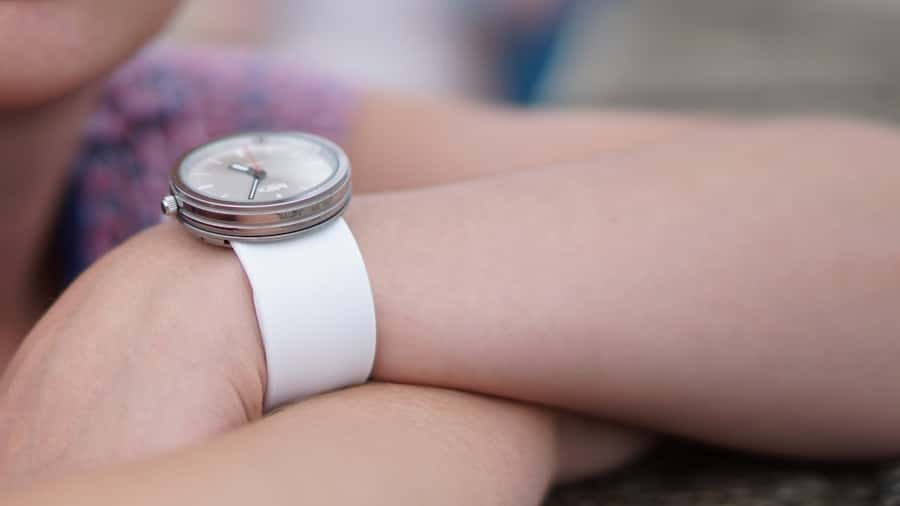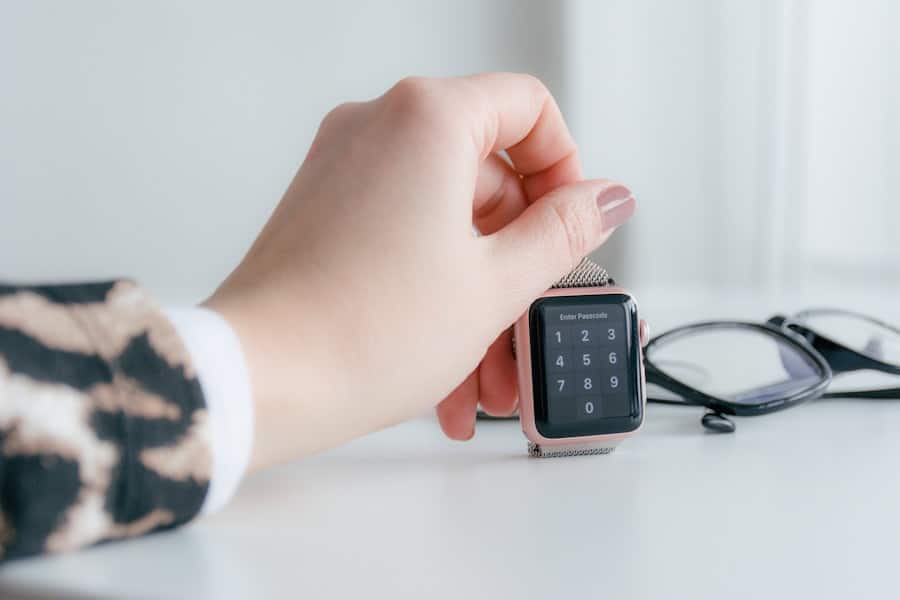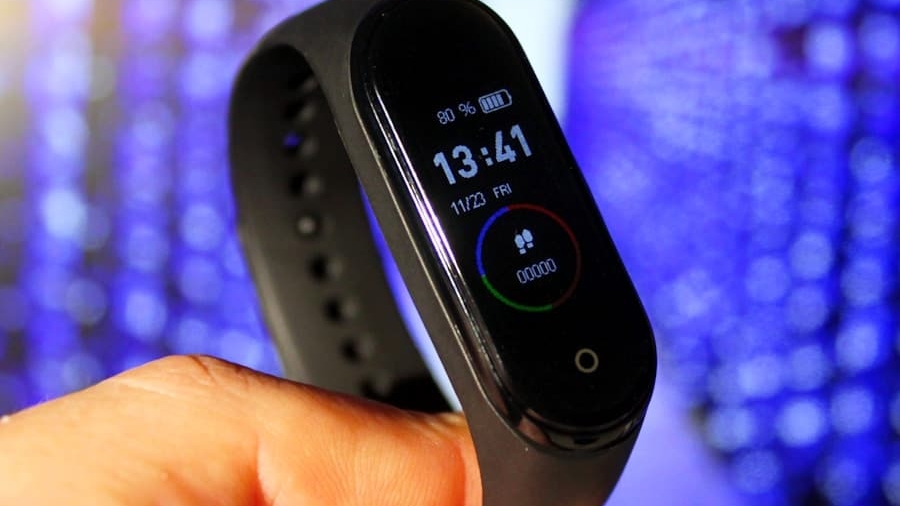Non-invasive glucose monitoring represents a significant leap forward in diabetes management, offering a means to track blood sugar levels without the discomfort and inconvenience of traditional finger-prick methods. This innovative approach leverages various technologies to measure glucose levels through the skin, utilizing methods such as spectroscopy, electromagnetic fields, and bioimpedance. The appeal of non-invasive monitoring lies not only in its potential to enhance patient comfort but also in its ability to provide continuous glucose data, which is crucial for effective diabetes management.
As the prevalence of diabetes continues to rise globally, the demand for more user-friendly and efficient monitoring solutions has never been greater. The traditional methods of glucose monitoring, while effective, often lead to patient non-compliance due to the pain and inconvenience associated with frequent blood sampling. Non-invasive techniques aim to eliminate these barriers, making it easier for individuals to monitor their glucose levels regularly.
This shift is particularly important as it aligns with the growing trend towards personalized medicine, where patients are empowered to take control of their health through real-time data. The integration of non-invasive glucose monitoring into daily life could revolutionize how individuals manage their diabetes, leading to improved outcomes and a better quality of life.
Key Takeaways
- Non-invasive glucose monitoring offers a convenient and pain-free alternative to traditional methods of glucose testing for individuals with diabetes.
- Current challenges in non-invasive glucose monitoring include accuracy, reliability, and consistency of readings, as well as the need for continuous monitoring.
- Advancements in wearable technology, such as miniaturized sensors and improved data analytics, are revolutionizing non-invasive glucose monitoring.
- Wearable devices have the potential to significantly impact diabetes management by providing real-time data, promoting proactive healthcare, and improving overall quality of life for patients.
- Future trends and innovations in non-invasive glucose monitoring may include the integration of artificial intelligence, continuous glucose monitoring, and personalized healthcare solutions.
Current Challenges in Non-Invasive Glucose Monitoring
Despite the promising potential of non-invasive glucose monitoring, several challenges hinder its widespread adoption and effectiveness. One of the primary obstacles is the accuracy of the measurements obtained through these methods. Many non-invasive devices struggle to provide readings that are as reliable as those obtained through traditional blood sampling.
Variability in skin thickness, hydration levels, and even ambient temperature can significantly affect the accuracy of glucose readings, leading to potential mismanagement of diabetes. This inconsistency can create a barrier for both patients and healthcare providers who rely on precise data for treatment decisions. Another significant challenge is the technological complexity involved in developing non-invasive glucose monitoring devices.
The integration of advanced sensors and algorithms requires substantial research and development investment. Many existing devices are still in the experimental phase or have not yet received regulatory approval, limiting their availability in the market.
The path from concept to market-ready product is fraught with hurdles that must be navigated carefully to ensure patient safety and device efficacy.
Advancements in Wearable Technology for Non-Invasive Glucose Monitoring

Recent advancements in wearable technology have opened new avenues for non-invasive glucose monitoring, making it more accessible and user-friendly. Innovations such as continuous glucose monitors (CGMs) have emerged, utilizing advanced sensors that can be worn on the body to provide real-time glucose readings without the need for invasive procedures. These devices often employ micro-needles or other minimally invasive techniques that can significantly reduce discomfort while still providing accurate data.
The development of smart patches and wristbands equipped with biosensors represents a significant step forward in this field. Moreover, the integration of artificial intelligence (AI) and machine learning into wearable devices has enhanced their functionality. These technologies can analyze patterns in glucose levels over time, providing users with insights into how their diet, exercise, and lifestyle choices impact their blood sugar levels.
For instance, some wearables can send alerts when glucose levels are trending too high or too low, allowing users to take proactive measures before reaching critical thresholds. This level of interactivity not only empowers users but also fosters a more engaged approach to diabetes management.
The Impact of Wearable Devices on Diabetes Management
The introduction of wearable devices for non-invasive glucose monitoring has had a profound impact on diabetes management strategies. By providing continuous access to glucose data, these devices enable users to make informed decisions about their diet and physical activity in real time. For example, a person with diabetes can monitor their glucose levels during exercise and adjust their carbohydrate intake accordingly to prevent hypoglycemia.
This immediate feedback loop enhances self-management capabilities and encourages healthier lifestyle choices. Furthermore, wearable devices facilitate better communication between patients and healthcare providers. Data collected from these devices can be shared with medical professionals, allowing for more personalized treatment plans based on real-world data rather than sporadic finger-prick tests.
This shift towards data-driven healthcare can lead to improved patient outcomes as healthcare providers can identify trends and adjust treatment protocols more effectively.
Future Trends and Innovations in Non-Invasive Glucose Monitoring
Looking ahead, several trends are poised to shape the future of non-invasive glucose monitoring. One notable trend is the increasing integration of non-invasive glucose monitoring with other health metrics within comprehensive health tracking systems. As consumers become more health-conscious, there is a growing demand for devices that not only monitor glucose but also track other vital signs such as heart rate, sleep patterns, and physical activity levels.
This holistic approach could provide users with a more complete picture of their health and how various factors interact with their diabetes management. Additionally, advancements in nanotechnology and biosensors are expected to drive innovation in non-invasive glucose monitoring devices. Researchers are exploring the use of nanomaterials that can enhance sensor sensitivity and specificity, potentially leading to more accurate readings from non-invasive methods.
Furthermore, developments in wireless communication technologies will likely enable seamless data transfer between wearable devices and smartphones or cloud-based platforms, enhancing user experience and accessibility. As these technologies evolve, they hold the promise of making non-invasive glucose monitoring more reliable and user-friendly.
Regulatory and Ethical Considerations for Wearable Glucose Monitoring Devices

Ensuring the Safety and Efficacy of Wearable Glucose Monitoring Devices
Regulatory Oversight: A Crucial Step
Regulatory bodies such as the U.S. Food and Drug Administration (FDA) have established guidelines for the approval of medical devices, including those that monitor glucose levels non-invasively. These regulations require rigorous testing and validation processes to confirm that devices meet safety standards before they can be marketed to consumers.
Balancing Innovation with Regulatory Compliance
The challenge lies in balancing innovation with regulatory compliance; as technology evolves rapidly, regulatory frameworks must adapt accordingly to keep pace with new developments.
Ethical Considerations in Wearable Glucose Monitoring Devices
Issues surrounding data privacy and security are paramount, as these devices collect sensitive health information that could be vulnerable to breaches or misuse. Manufacturers must implement robust security measures to protect user data while ensuring transparency about how this information is used. Additionally, there is an ethical obligation to ensure equitable access to these technologies; disparities in access could exacerbate existing health inequalities among different populations.
Potential Benefits and Limitations of Wearable Glucose Monitoring Devices
Wearable glucose monitoring devices offer numerous benefits that extend beyond mere convenience. One significant advantage is the potential for improved glycemic control among individuals with diabetes. Continuous monitoring allows users to identify patterns in their blood sugar levels that may not be apparent through traditional testing methods.
This insight can lead to more effective management strategies tailored to individual needs, ultimately reducing the risk of complications associated with poorly managed diabetes. However, limitations persist that must be addressed for these devices to reach their full potential. One major concern is the accuracy of readings compared to traditional methods; while advancements have been made, discrepancies still exist that could lead to mismanagement of diabetes if users rely solely on wearable devices without corroborating data from blood tests.
Additionally, the cost of these technologies can be prohibitive for some individuals, particularly those without insurance coverage or access to healthcare resources. Ensuring affordability and accessibility will be critical in maximizing the benefits of wearable glucose monitoring devices across diverse populations.
The Role of Wearables in Shaping the Future of Non-Invasive Glucose Monitoring
The evolution of wearable technology has ushered in a new era for non-invasive glucose monitoring, transforming how individuals manage diabetes. As advancements continue to emerge, these devices hold the potential not only to enhance patient comfort but also to improve overall health outcomes through continuous monitoring and data-driven insights. While challenges remain regarding accuracy, regulatory compliance, and ethical considerations, ongoing research and innovation are paving the way for a future where non-invasive glucose monitoring becomes an integral part of diabetes care.
As we look forward, it is clear that wearables will play a pivotal role in shaping the landscape of diabetes management. By empowering individuals with real-time data and fostering greater engagement in their health journeys, these technologies have the potential to revolutionize how diabetes is managed on both personal and systemic levels. The commitment to addressing existing challenges while embracing new opportunities will ultimately determine how effectively non-invasive glucose monitoring can be integrated into everyday life for those living with diabetes.
In addition to the advancements in non-invasive glucose monitoring through wearables, there is also a growing interest in voice recording software. For those looking to enhance their productivity and creativity, this article explores the best free software options available. Furthermore, copywriters seeking the perfect writing companion may find this article helpful in selecting the best laptop for their needs. Looking ahead to the future, tech enthusiasts can also check out

